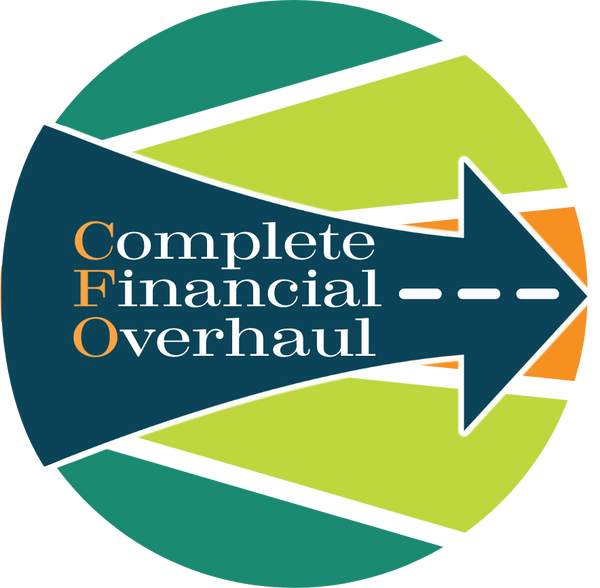Back to Basics
Share
Back to Basics: How to Prioritize Your Essential Needs
Imagine you're hosting a family dinner, and the kitchen is a whirlwind of activity. The kids are running around, the phone is buzzing with texts from relatives, and you’re trying to figure out which dish to start cooking first. Do you start with dessert? Or maybe the side dish? No, you know the main course—the star of the show—has to take priority. After all, you can't serve a meal without it. This is the same approach we need to take with our finances: focus on the main course, or in this case, our essential needs.
When it comes to managing money, it’s easy to get caught up in the flashy extras—the “desserts” of our budget like that new outfit, a fancy dinner out, or the latest gadget. But before we can indulge in these treats, we need to make sure the essentials are covered. These essentials are the main course, the things we simply can’t live without: housing, utilities, groceries, transportation, and healthcare.
Think of your budget as a recipe. If you miss an ingredient for the main course, the whole meal could be ruined. Similarly, if you neglect your essential needs, your financial stability could be at risk. So, how do we make sure we’re focusing on what truly matters?
First, take a good look at your “ingredients list”—your monthly expenses. Write down everything you spend money on, and then categorize them into essentials and non-essentials. This step is like sorting out the pantry before cooking. You want to make sure you have the staples—like flour, sugar, and salt—before worrying about the gourmet chocolate or exotic spices.
Next, prioritize your spending. Just as you would start cooking the main course before the side dishes, you should allocate your income first to your essential needs. Make sure the roof over your head is secure, the lights stay on, and there’s food on the table. These are the non-negotiables, the things that keep your household running smoothly. Once these are taken care of, you can think about the extras.
But what if you’re working with a limited budget, and it feels like there isn’t enough to go around? It’s time to get creative—like making a delicious meal with whatever you have in the pantry. Maybe that means cutting back on non-essential spending or finding ways to save on your essentials, like switching to a more affordable grocery store or cutting back on energy usage.
And don’t forget the importance of leftovers—saving for the future. Just as you might put aside some of that delicious meal for tomorrow’s lunch, it’s crucial to save a portion of your income for unexpected expenses or future goals. This might mean creating an emergency fund or starting to save for retirement, even if it’s just a small amount each month.
Remember, it’s all about balance. Just as a well-planned meal includes a bit of everything, a healthy budget should allow for both needs and wants. Once you’ve taken care of the essentials, it’s okay to enjoy a treat now and then—just like sneaking a cookie after dinner. But always make sure the basics are covered first.
In the end, prioritizing your essential needs isn’t about depriving yourself of life’s pleasures; it’s about ensuring that you and your family are secure and comfortable. When you know that the main course is taken care of, you can enjoy the extras with peace of mind, knowing that your financial foundation is solid.
So the next time you’re tempted by a little “dessert” in your budget, just remember: the main course comes first. Prioritize your essential needs, and the rest will fall into place. After all, a satisfied and well-fed family is the ultimate goal, both in the kitchen and in life.
